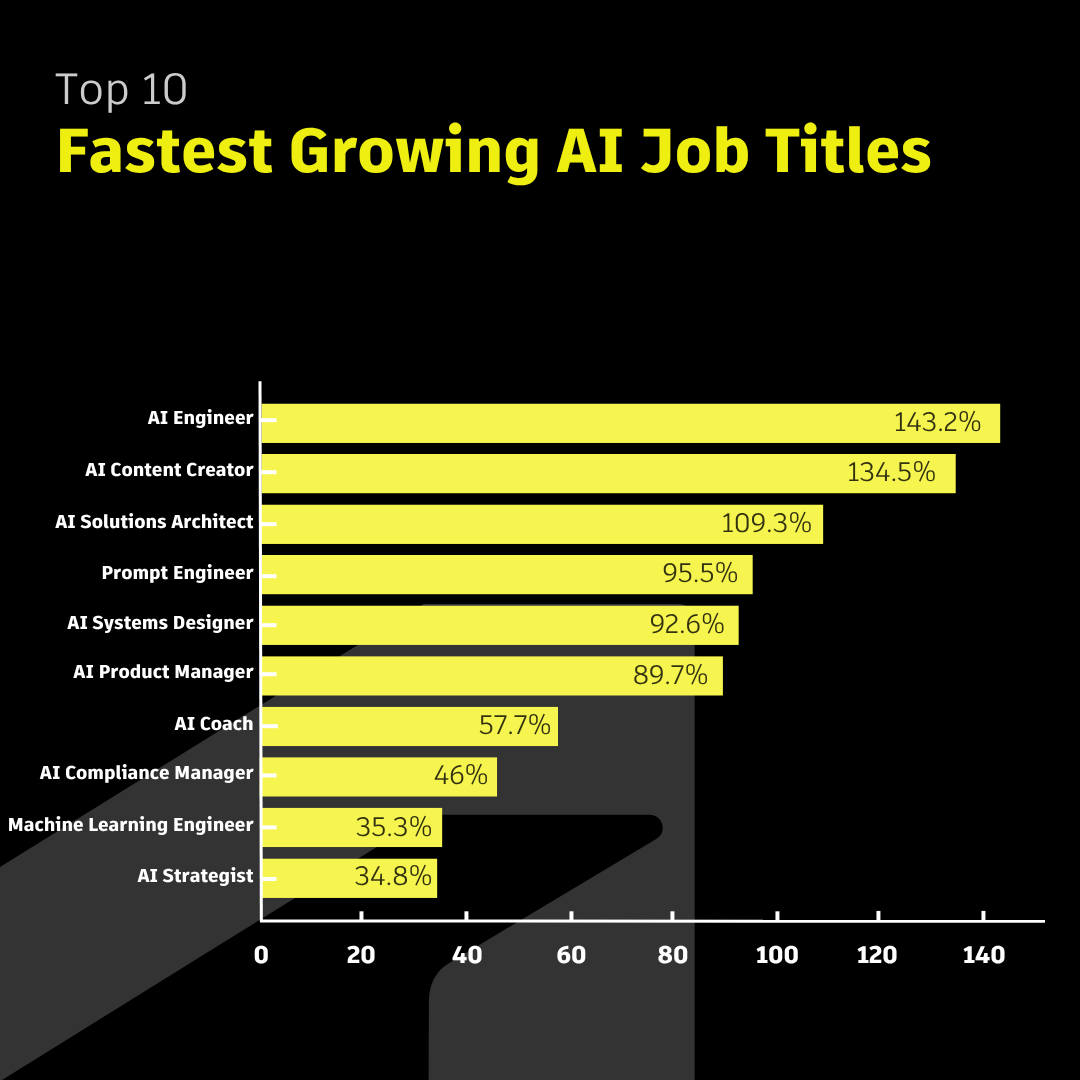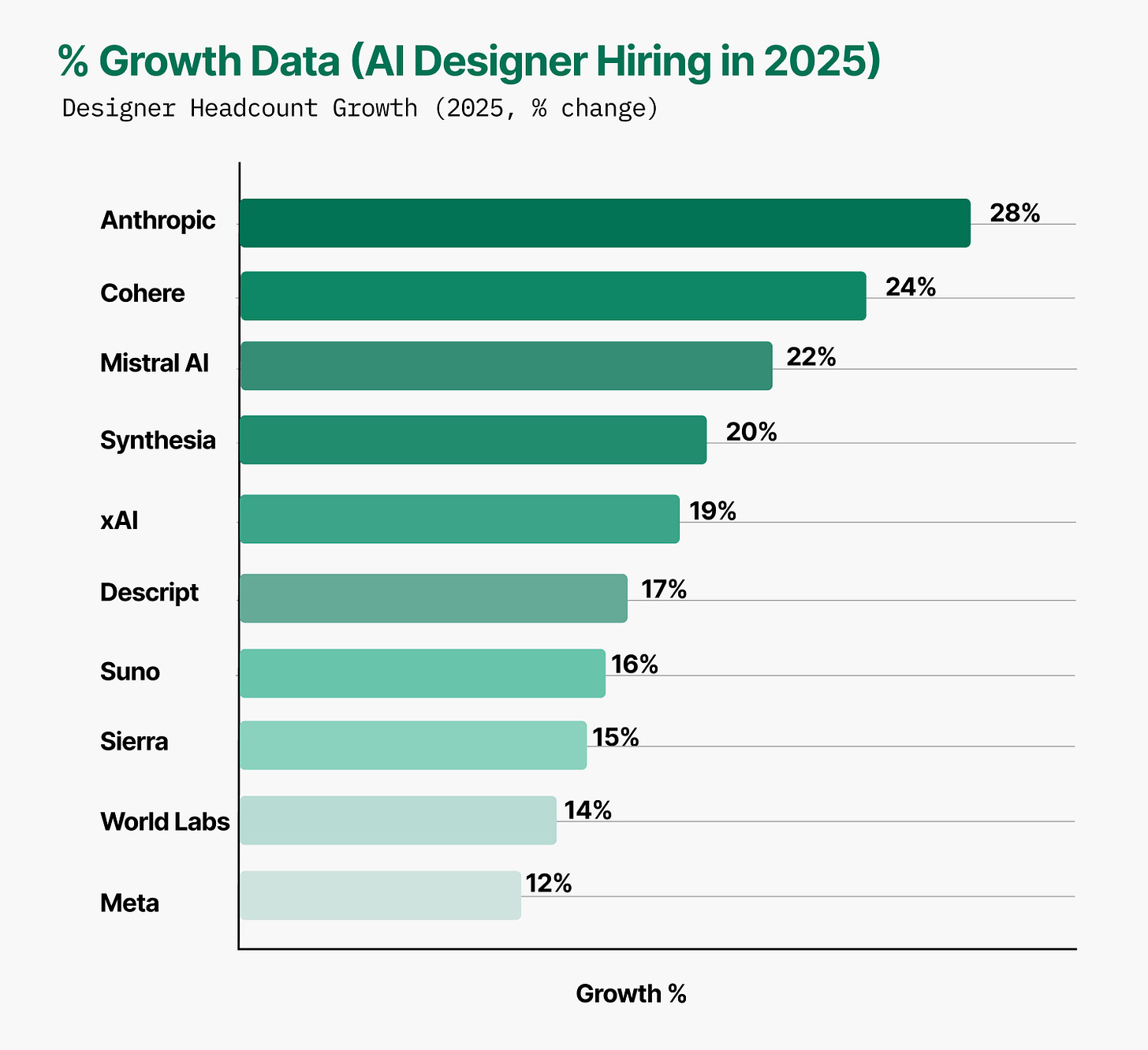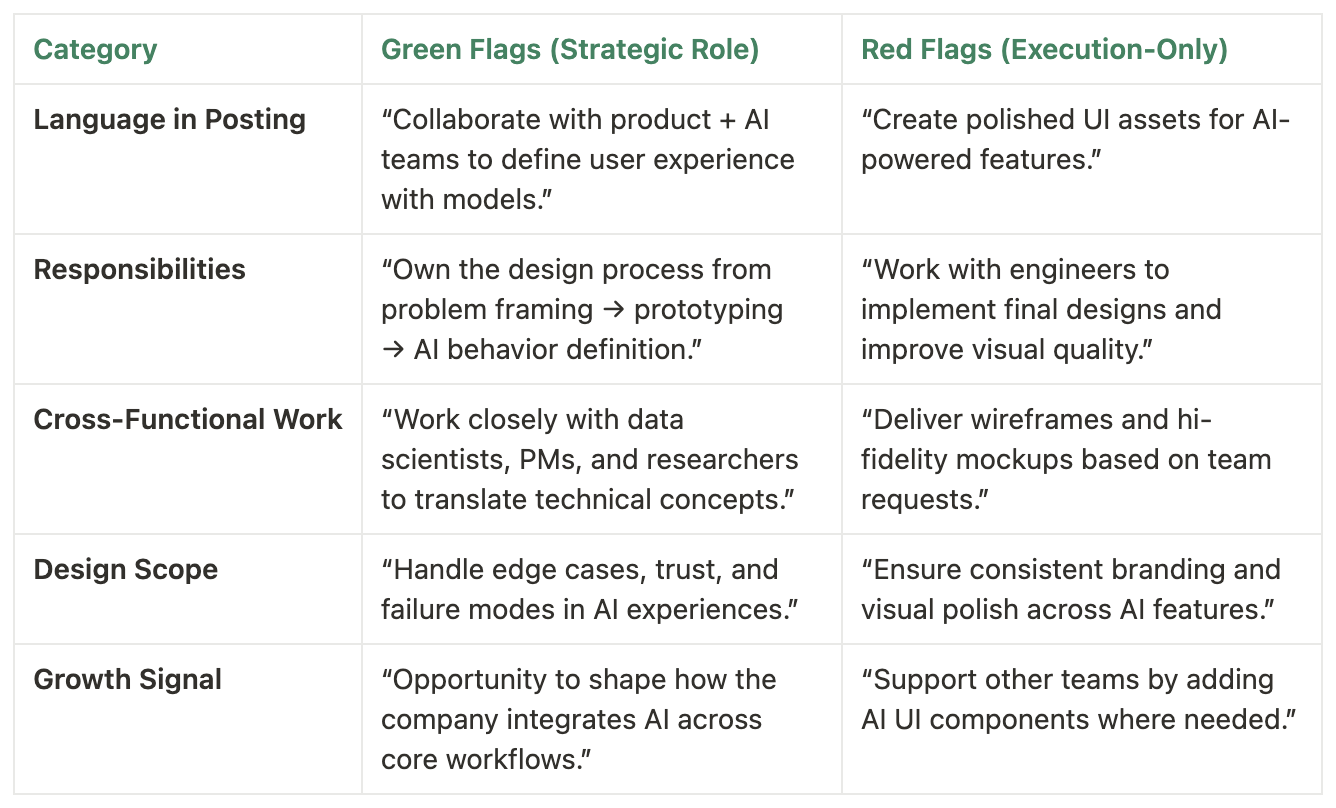A guide on how to win AI-first design interviews
A step by step playbook on how to ace as an AI-First Designer's job interview today
Hey there! This is a 🔒 subscriber-only edition of AI First Designer (by ADPList) 🔒, to help designers transition into successful AI-First builders. Members get access to proven strategies, frameworks, and playbooks. For more: Get free 1:1 mentorship | 🚀 Be first in winning as an AI-First Designer
Hi AI-First friends,
Before you even think about AI design interviews…
Let’s see if it's even worth poking your head up right now and looking for a design job?
So, I’ve been digging into the current market data. Here's what I found:
Tech layoffs are easing, but it hasn’t been smooth. In early 2025 alone, between 63,000 to 80,000 tech roles were cut across dozens of companies — matching or exceeding all of 2024’s reductions so far.
Designers remain more vulnerable than most. Analysts say designers are about 2.3× more likely to be included in layoffs compared to other tech roles.
Put simply: this isn’t the bottoming-out job market you might hope for. But things are stabilizing—and possibly shifting. How?
Designer layoff intensity has cooled. The worst of the 2024–early 2025 storm seems to be in the rear-view. Layoffs peaked in early Q2 but have since slowed. That doesn’t mean openings are flooding in — but the tidal wave has at least plateaued.
Demand for AI-savvy design roles is growing. Organizations with AI product roadmaps are actively seeking designers who can navigate user flows, AI logic, and prompt systems (not just polished interfaces).
AI Systems Designer is now a top 5 fastest-growing AI job title. According to recent hiring trend reports, this role—sitting at the intersection of design, product, and AI engineering—is experiencing rapid growth, reflecting the increasing importance of design thinking in shaping AI-driven products.
The math finally works in your favor. Last year, the ratio was simple: too many designers chasing too few AI-centered roles. Today, demand is inching up while supply is leveling off. That makes now possibly the best moment in years to apply (if you’re targeting the right companies).
Where to look: Startups and scale-ups building AI-first experiences are hiring aggressively. Even big incumbents like Meta, xAI, and Anthropic are adding design roles in their profitable, AI-driven verticals.
So here's the bottom line: yes—now is a smart time to job-search, particularly if you're deliberate about which companies and teams you're eyeing.
In this newsletter, I’ll break down how to navigate the AI design interview process — from the first recruiter screen all the way to the infamous whiteboard challenge.
Here’s what we’ll cover:
Finding the Right Roles — How to spot the difference between execution-first jobs and strategy-embedded positions that actually advance your career.
Prepping the Foundations — The two non-negotiables: AI literacy and a strong prompt portfolio that demonstrates you understand real-world model behavior.
AI Product Design Interview Cheat Sheet — A set of practice questions recruiters and hiring managers actually use to separate surface-level designers from true product thinkers.
The Rubric Hiring Managers Use — A structured framework showing exactly how evaluators assess your reasoning, trade-offs, and collaboration skills.
The Portfolio Round — Why traditional case studies fall flat in AI interviews, and how to reframe your projects to highlight reasoning, constraints, and collaboration.
The Whiteboard Challenge — How to structure your thinking when asked to design an AI feature on the spot, anticipate edge cases, and balance trade-offs.
Onsite & Cross-Functional Rounds — What PMs, engineers, and researchers are really testing for, and how to show you can bridge strategy, feasibility, and ethics.
The Systemic Edge — Why the designers who stand out aren’t just interface builders, but orchestrators of trust, guardrails, and workflows that make AI usable.
By the end, you’ll have a repeatable framework to navigate every stage of the AI design interview process.
So let’s dive in…
A step-by-step playbook to win AI design interviews
Step 1: Finding the right roles
One thing I kept hearing from designers is that the biggest mistake they made early on was treating all “AI design” roles as equal. They’re not.
The truth is, many of the job postings labeled AI + Design are really looking for glorified production designers—people to slap a UI on top of whatever the engineers have already built. That’s fine if you want short-term work. But if you’re building a long-term career in AI design, you need to find roles where design is not “just visuals” but strategy, translation, and trust-building.
Hiring managers are increasingly filtering for this distinction. And you should too.
1.1 The two kinds of AI design roles
When I asked hiring managers how they think about AI design, they kept coming back to two buckets. The titles may look the same on job boards, but the expectations inside the company are very different.
Execution-First Roles
These are focused on shipping polished UI, marketing visuals, or lightweight prompts. They’ll teach you speed and production, but not systems thinking.Strategy-Embedded Roles
These go deeper—design is expected to influence how the model is used, how the product behaves under uncertainty, and how users build trust. These roles push you to operate at the intersection of design, product, and AI literacy.
From the designers I spoke to, the ones who landed roles with strong growth potential were always in the second camp. Your career trajectory depends on steering toward these roles.
1.2 Spotting green flags vs. red flags
One designer told me: “The title almost never matches the reality — the job description is where the truth lives.”
The best way to filter is by reading descriptions with a trained eye. Look beyond labels like “AI Designer” and study what the company actually values. Are they asking you to polish UIs after the fact, or to shape how the AI integrates into workflows and decisions?
Here’s a matrix framework you can use:
Step 2: Prepping the foundations
Before you even think about whiteboarding exercises or case study decks, you need to sharpen the core tools that make you credible in an AI design interview.
When I spoke with both recruiters and design managers, one theme came up again and again: “Pixel-perfect visuals don’t impress us anymore.” What they want is proof that a designer understands how AI systems behave in the messy, unpredictable real world — and that they can design around quirks, limitations, and trade-offs.
I’ve also noticed this in the hiring data I’ve been tracking: roles are multiplying fast, but the bar is much higher than most designers expect. In other words, the interview isn’t just about “can you design?” It’s about “can you design with AI?”
This section will give you clarity on:
Why most designers stumble in AI interviews.
AI product design interview cheat sheet: Top practice questions
The two foundations you can’t ignore: AI literacy (understanding models, biases, uncertainty) and a prompt portfolio (structured, reusable systems that go beyond screenshots).
What hiring managers are actually evaluating — not just your outputs, but your ability to reason about model behavior, explain design choices under ambiguity, and collaborate across technical and business teams.
2.1 Why most designers stumble
In conversations with hiring managers, I kept hearing the same frustration: too many candidates treat AI design interviews like traditional portfolio reviews. They polish the visuals, refine the typography, rehearse the narrative — and then get blindsided.
The truth is, AI-focused interviews are structured differently. They’re not about aesthetics; they’re about reasoning under ambiguity.
One manager put it bluntly: “I don’t care how pretty your mockup looks if you can’t explain how the model behaves when it’s wrong.”
That expectation shift is what throws so many designers off. Instead of “show me your most creative mockup,” it’s “show me how you’d explain this model’s behavior to a non-technical user.”
Design managers and PMs want to see whether you can think like a systems designer — balancing user needs with technical realities. And this is where most stumble:
They don’t understand basic model constraints (so their solutions sound unrealistic).
They can’t articulate trade-offs (precision vs. recall, speed vs. trust).
They freeze when asked to design in real time (whiteboard or Figma challenge).
They over-index on UI polish instead of explaining why the interface solves the underlying problem.
The questions that trip designers up
Through mock interviews and manager feedback, I’ve gathered a list of the actual kinds of questions recruiters and hiring managers use to test depth. These aren’t “gotcha” questions, but they’re carefully designed to separate surface-level designers from true product thinkers.
2.2 AI product design interview cheat sheet
When I asked hiring managers what separates candidates who look good on paper from those who stand out in interviews, the answer was clear: depth of reasoning.
That’s why the questions they ask aren’t random but they’re designed to test very specific dimensions of your thinking. Through my research, we’ve noticed these questions usually fall into a few repeatable categories:








